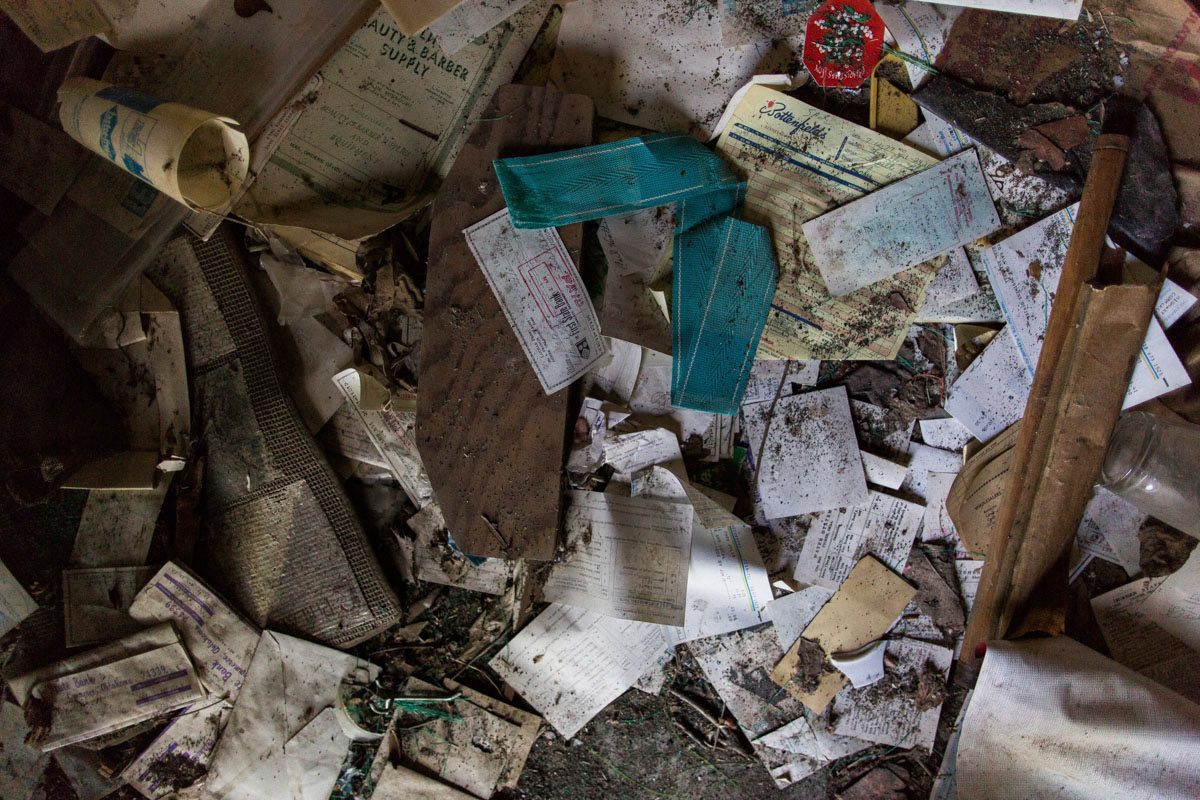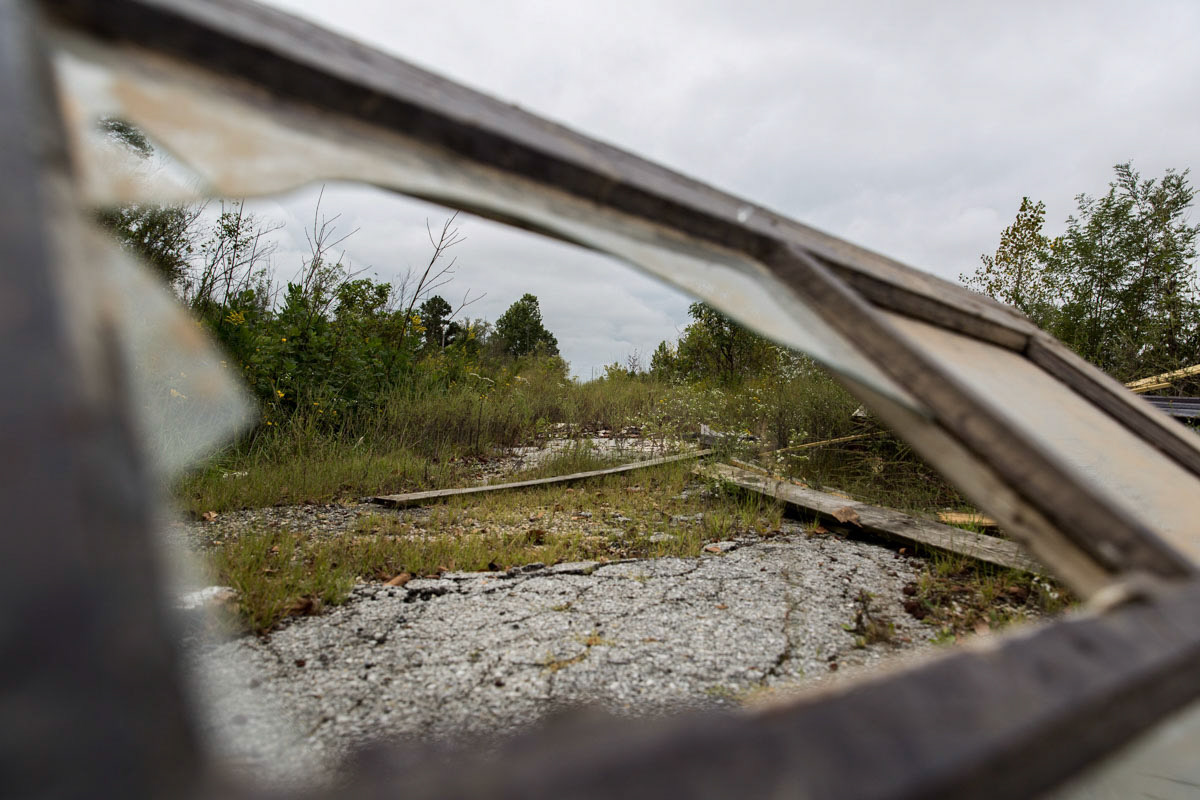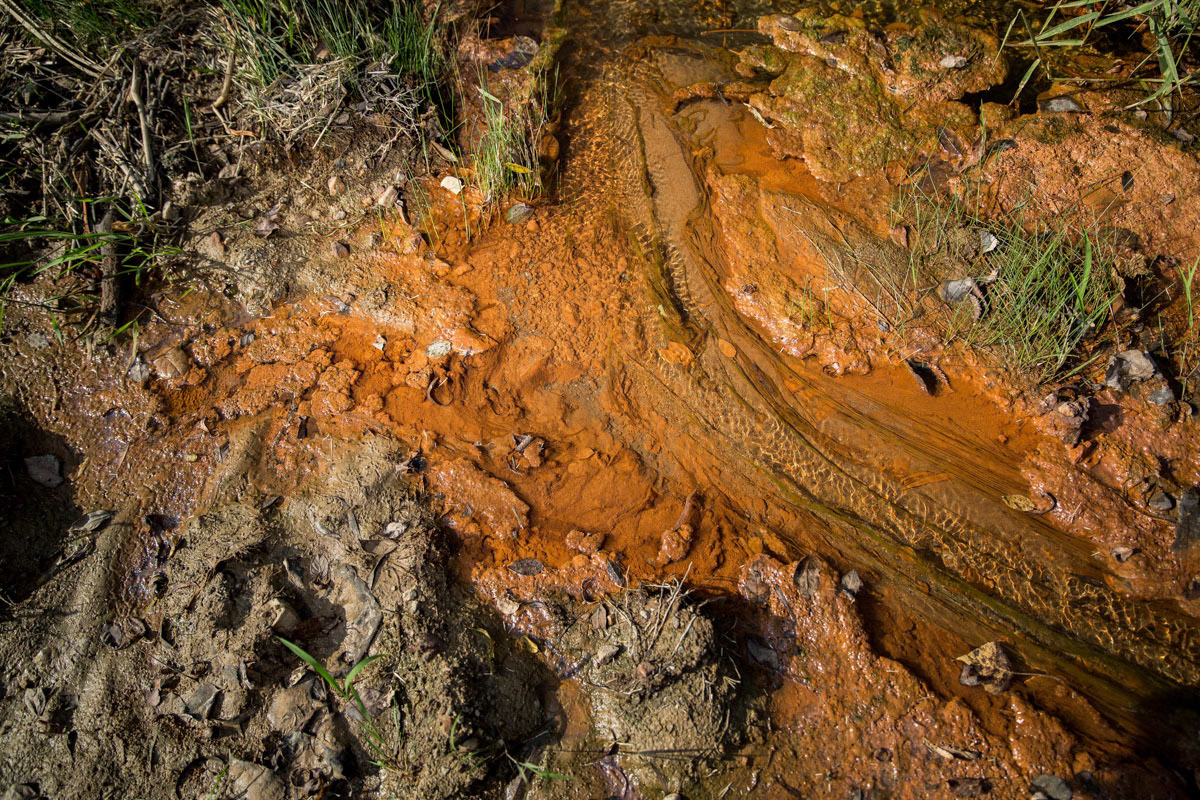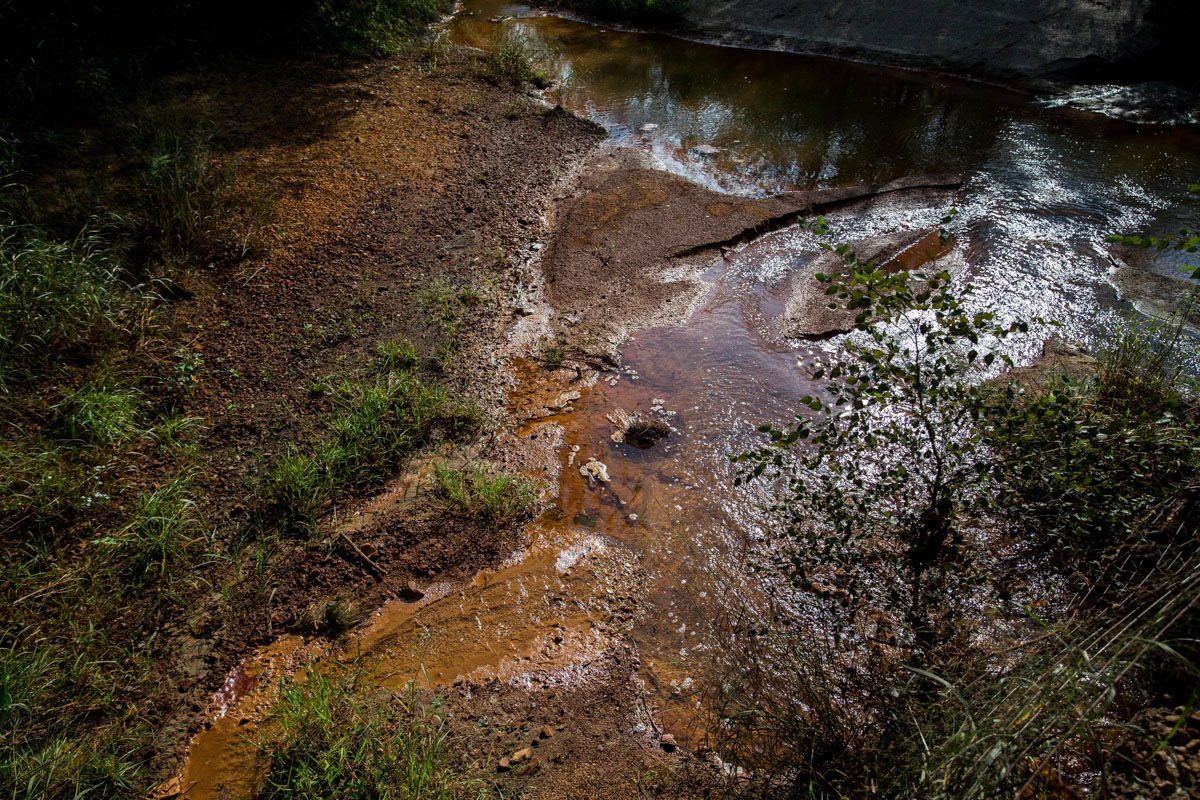
The chat piles rise like man-made mountains on an otherwise flat landscape. For decades after the mines were abandoned, these chat piles served as playgrounds for children, rifle ranges for gun enthusiasts and a paradise for off-road vehicles. Chat piles were thought of fondly, akin to a beloved monument in a larger city. But in the 1990s, scientists for the first time blamed the chat piles for making people sick. By 2008, only a handful of residents remained in a place that once was home to more than 14,000 people.


Scores of people — including children — were made sick from lead exposure before being encouraged to move elsewhere through a government buyout program. Ongoing cleanup work is overseen by the local Quapaw Tribe under the direction of the Environmental Protection Agency and various Oklahoma state agencies. Taxpayers have spent, and will continue to spend, millions of dollars on one of the most protracted cleanups in American history
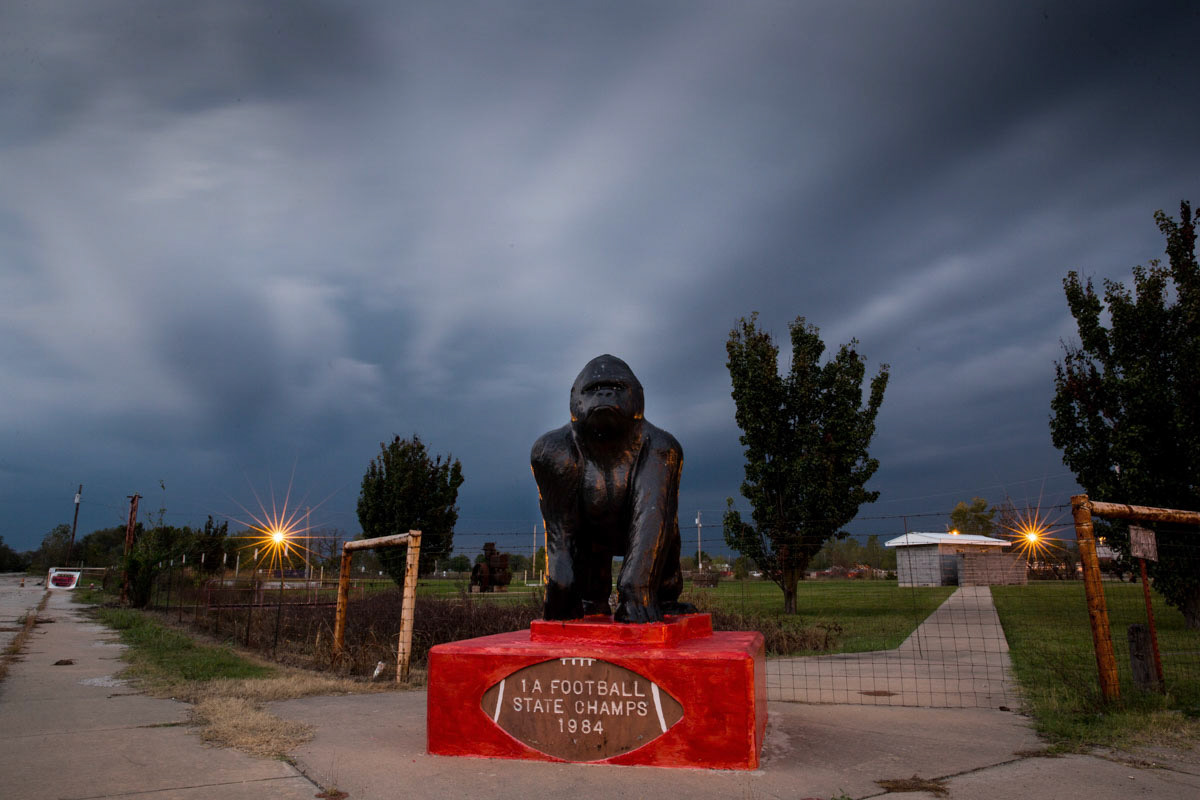
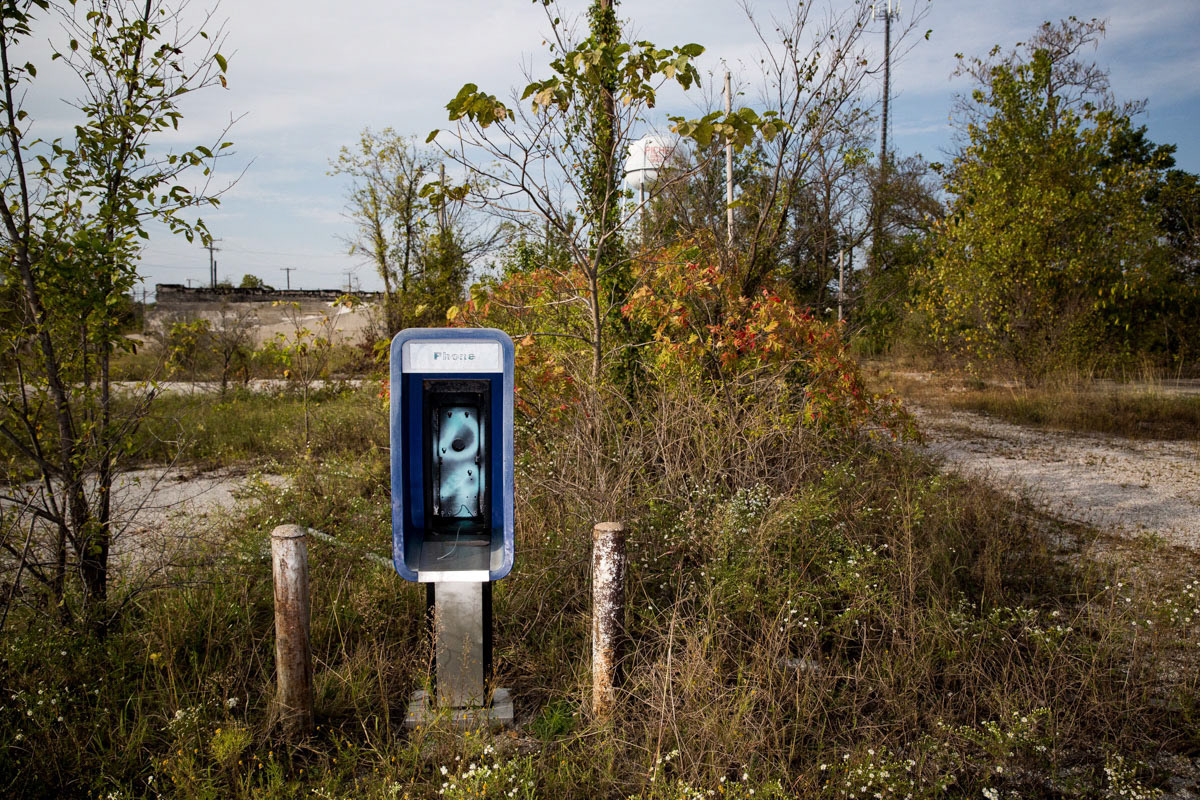

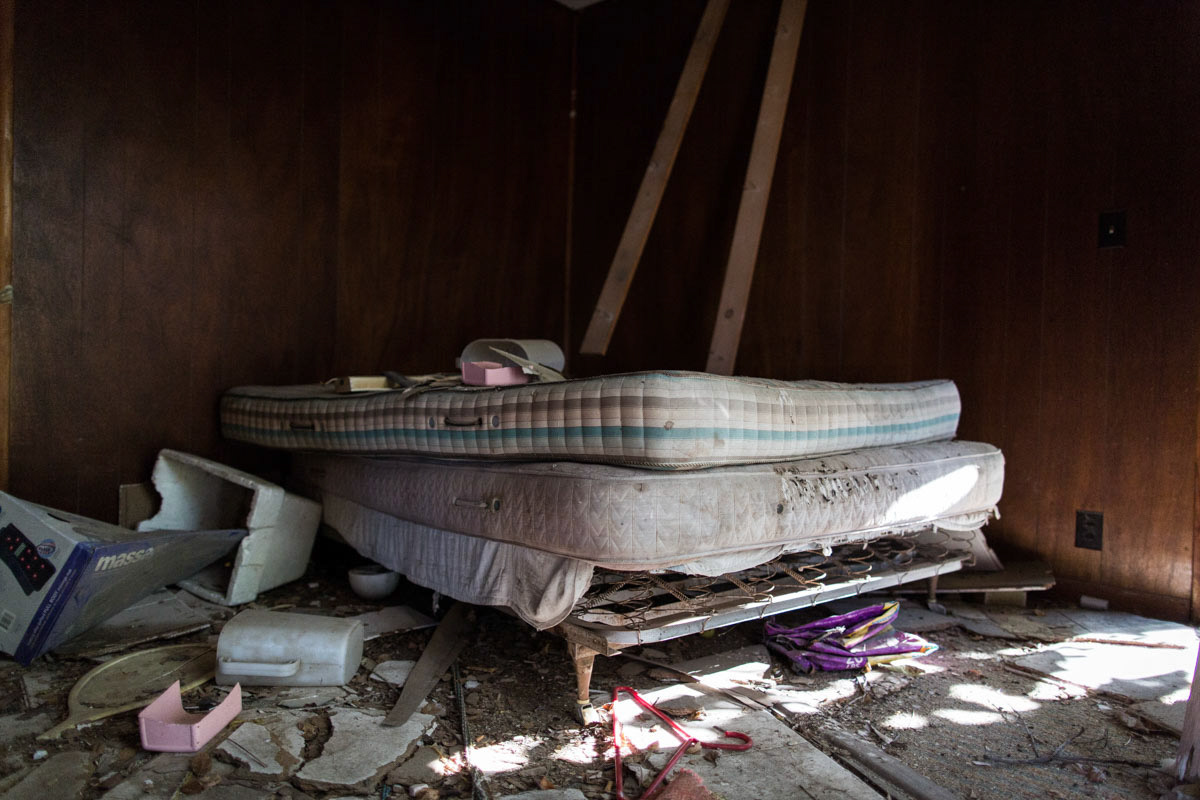
Even today, scientists have no idea how to stop toxic water leaching from closed underground mining operations dating from the early 1900s. They acknowledge that it is possible, maybe even likely, that the disaster zone will never be safely inhabited again. What flows into Tar Creek is a toxic mixture of brown sediment — technically ferrous iron — created when minerals are carried to the surface and solidified once they hit oxygen.



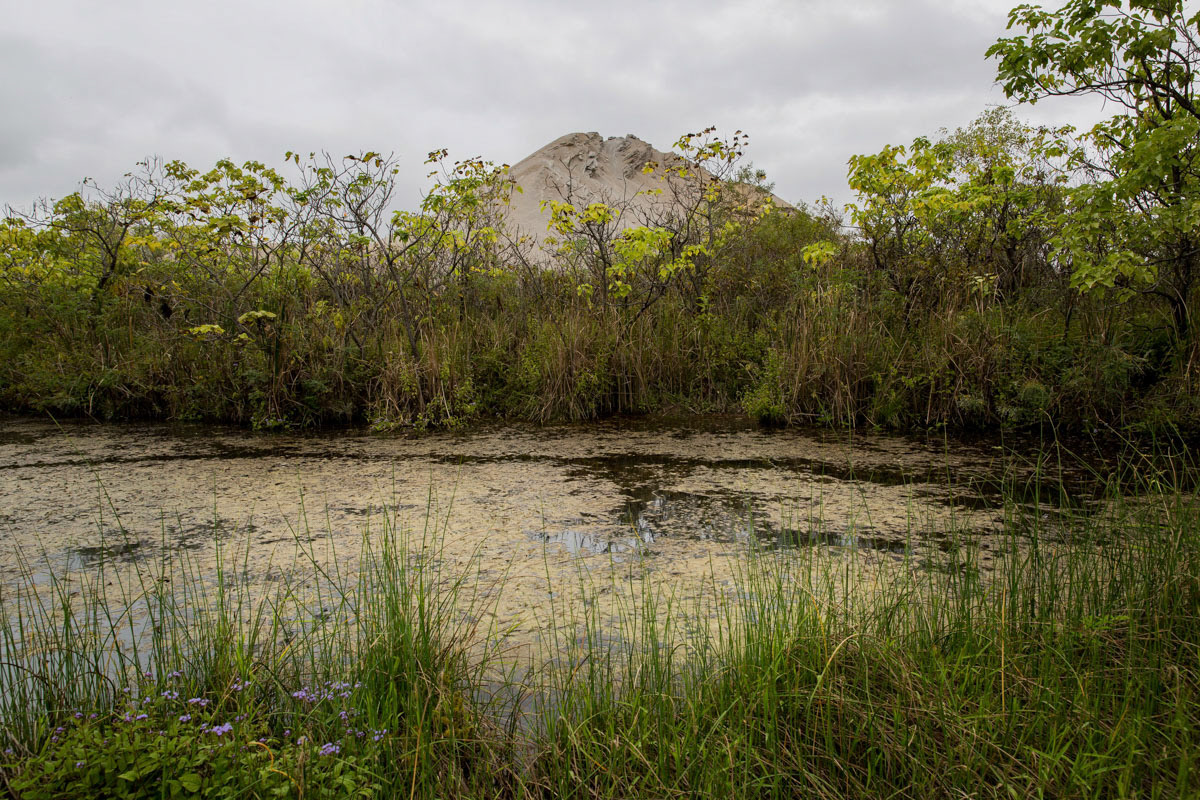
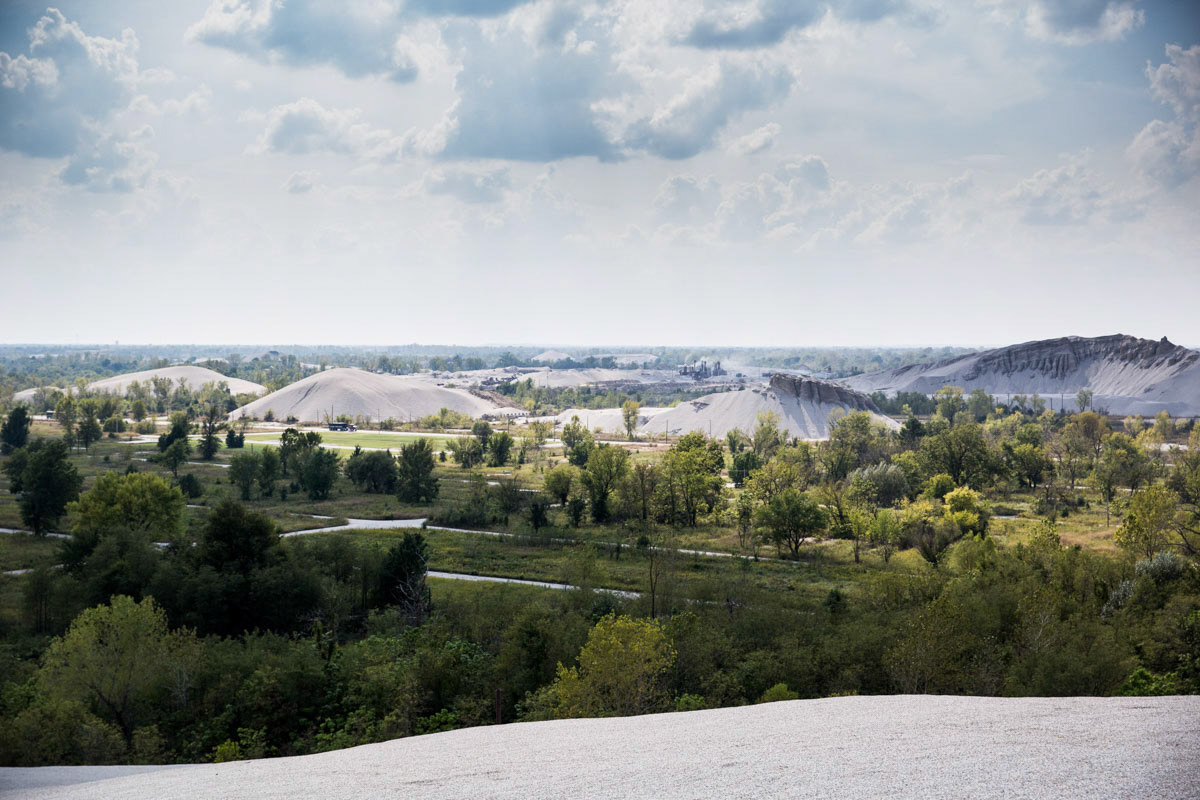
Concrete slabs, remnants of where homes once stood, serve as tombstones to a community that is long gone. Picher, Oklahoma, is emblematic of what happens when a mining boomtown goes bust. When the minerals were exhausted, companies left or went bankrupt.
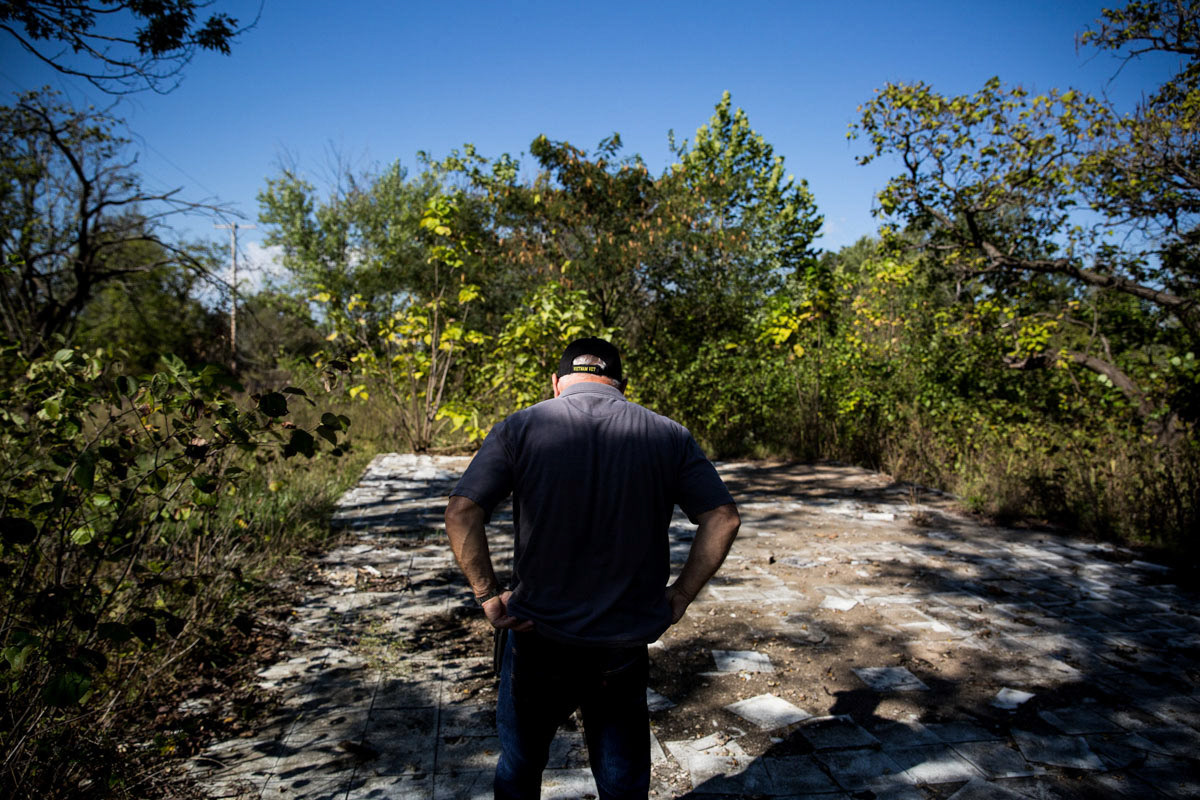
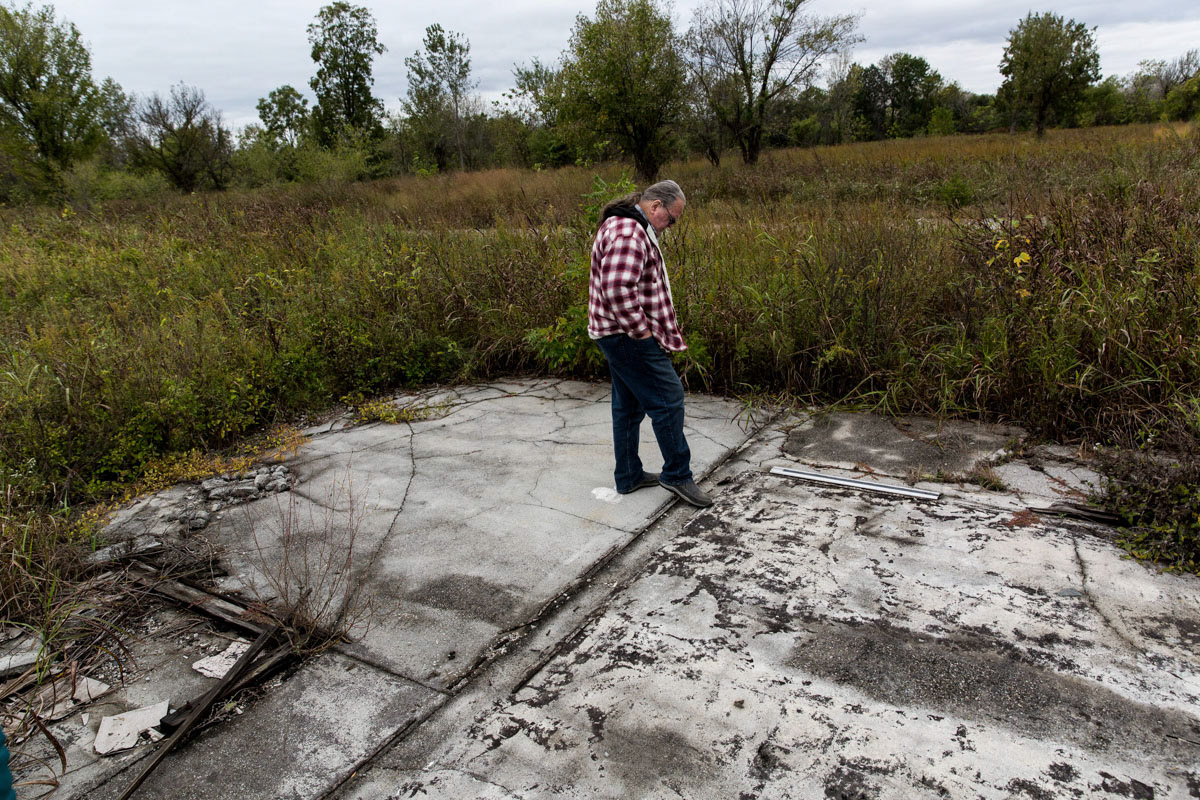
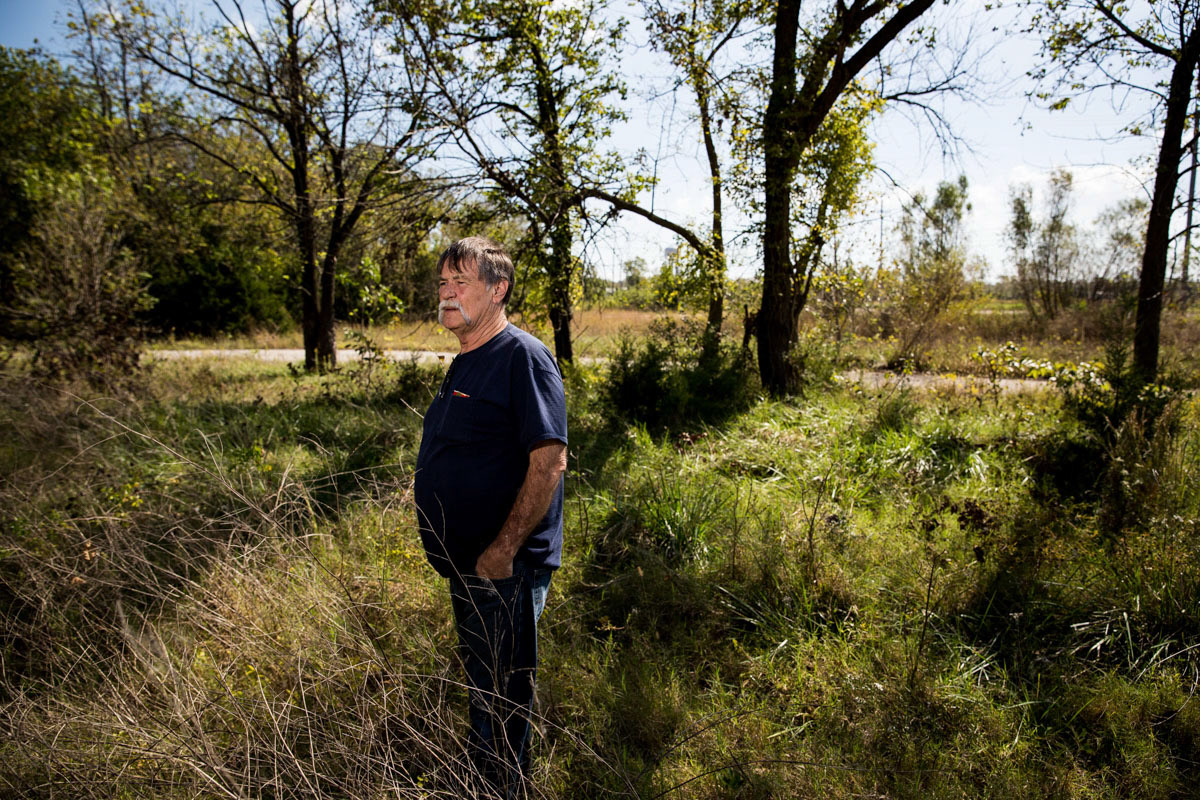
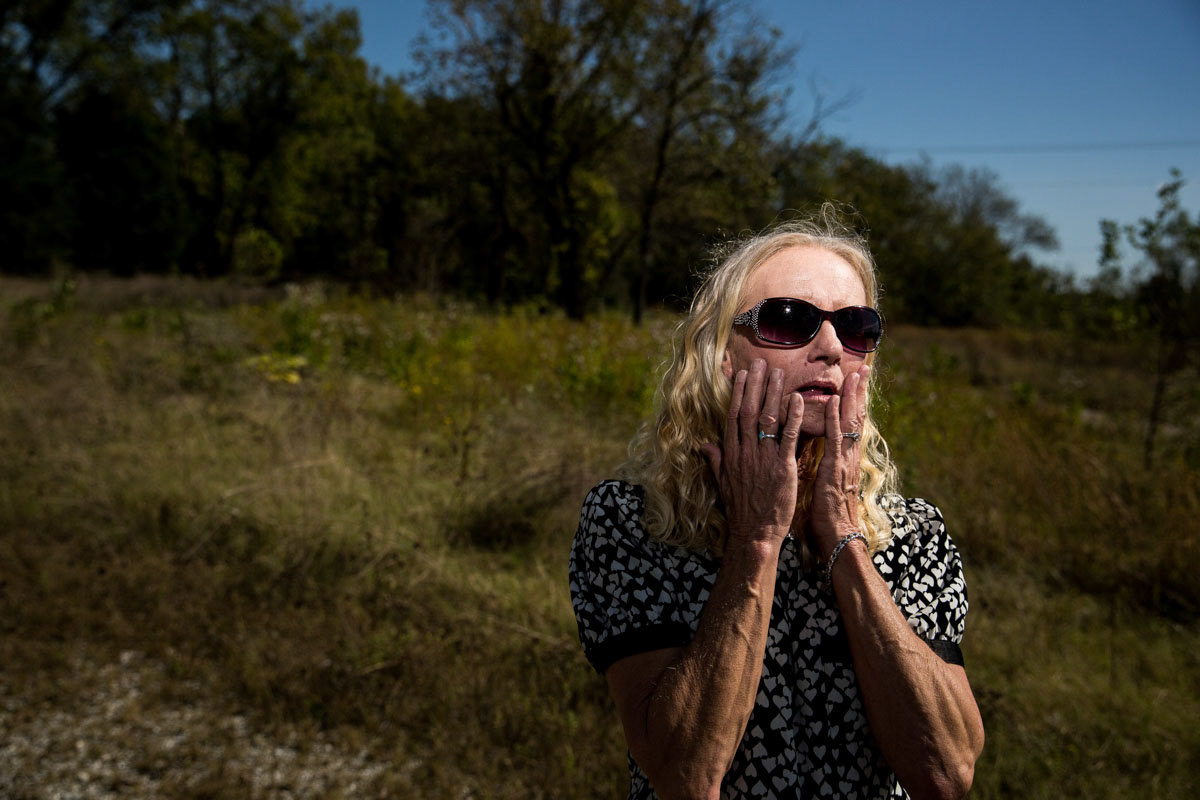
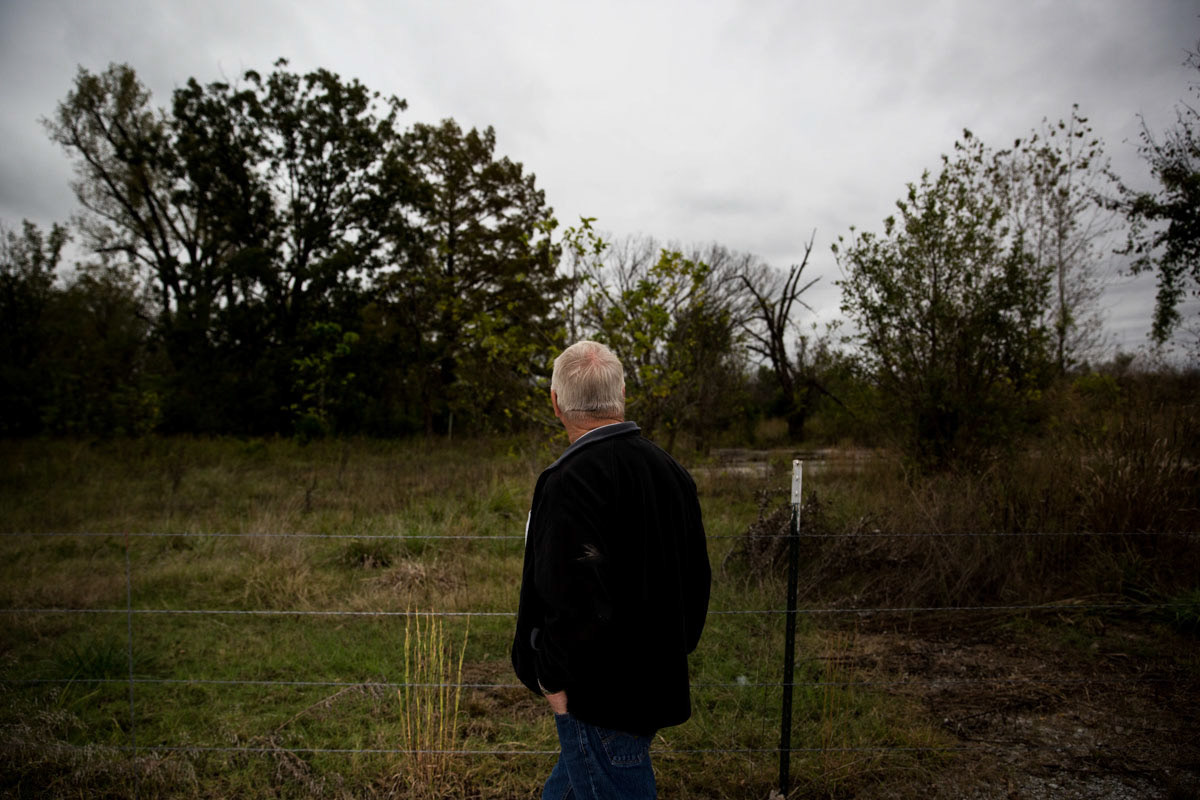
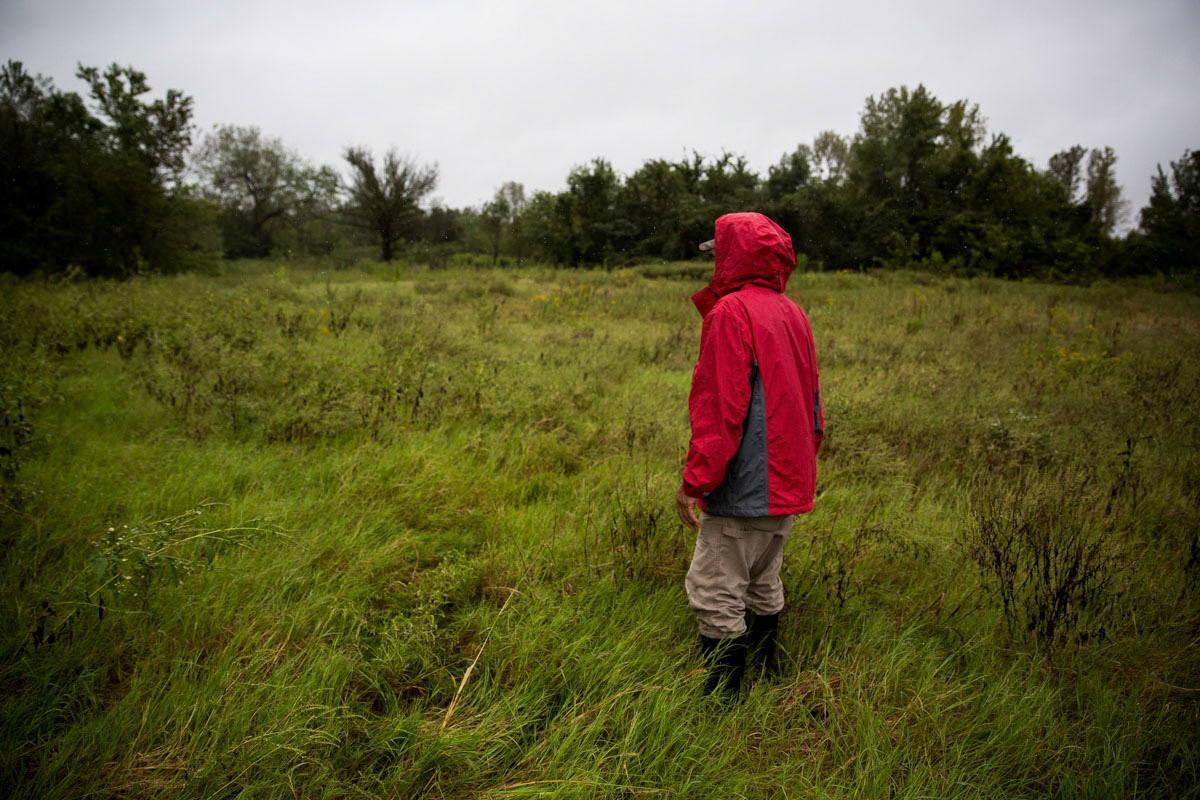
The landscape shows the remnants of rowdy high school football games silenced and lifelong residents uprooted through no fault of their own. And, just as residents were deciding whether to give up their homes to a federal buyout, an EF4 tornado ripped through Picher in 2008, killing seven people.


